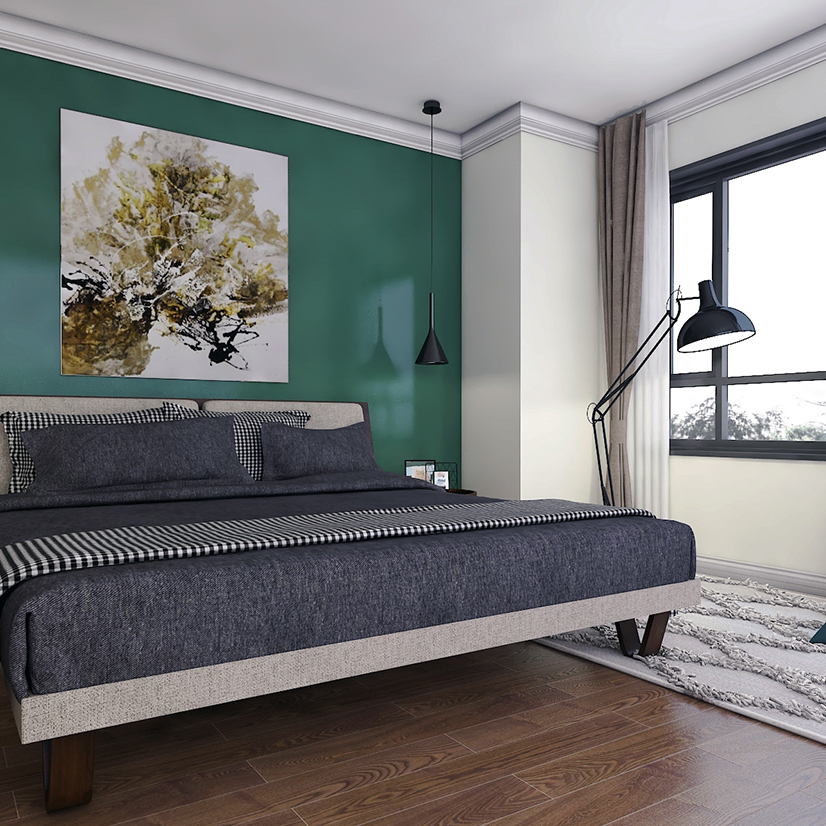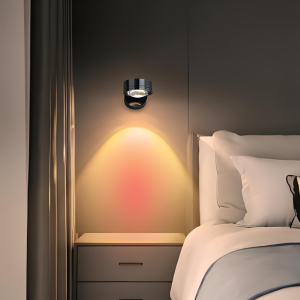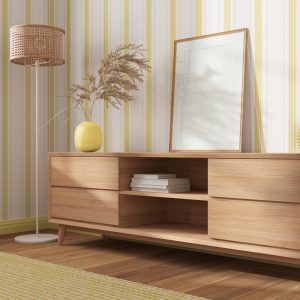
How to Find a Style House Fine China Pattern
Whether you are shopping for a new set of dinnerware or taking over the caretaker duties of your grandmother’s fancy china, knowing more about the history and details behind a pattern can help you make the best decision for your family. The percentage of couples registering for china patterns has dropped in recent decades, but many still choose fancy dishes to enjoy at special occasions or pass down to their children. Knowing the difference between fine china, porcelain and plain old dinnerware can also help you understand how to best care for your dishes, whether you bought them at an antique shop or snagged them for a bargain at a garage sale.
The first step in finding out more about a particular china pattern is to determine the manufacturer of your pieces. Then, look for identifying marks or backstamps. These can offer clues about the date a piece was made and even help you determine its pattern name or number.
Another important detail to note is the color of a piece’s background or decoration. Many manufacturers used different shades to create their products. Gold, or gilt, edging is a hallmark of some brands and has become a symbol of luxury. Identifying the shade of your piece can tell you a lot about its history and value, such as whether it was originally part of a formal dinnerware set or if it was a less formal set designed for everyday use.
You can also use a little detective work to find out if your piece is bone or porcelain china. According to Noritake, bone china contains more bone ash and is more translucent than other types of china. If you hold the item up to light, it will appear more ivory than white.
Pickard, Incorporated, has been in business since 1893 and prides itself on producing “America’s Finest China.” The company’s china is known for its high-quality, delicate ware and timeless designs that have stood the test of time. In fact, in 1977, the company was selected by the Department of State to produce the official china service used at our embassies around the world. It has also been commissioned to produce custom china for Air Force One, Blair House and Camp David, as well as a number of prestigious hotels and restaurants.


